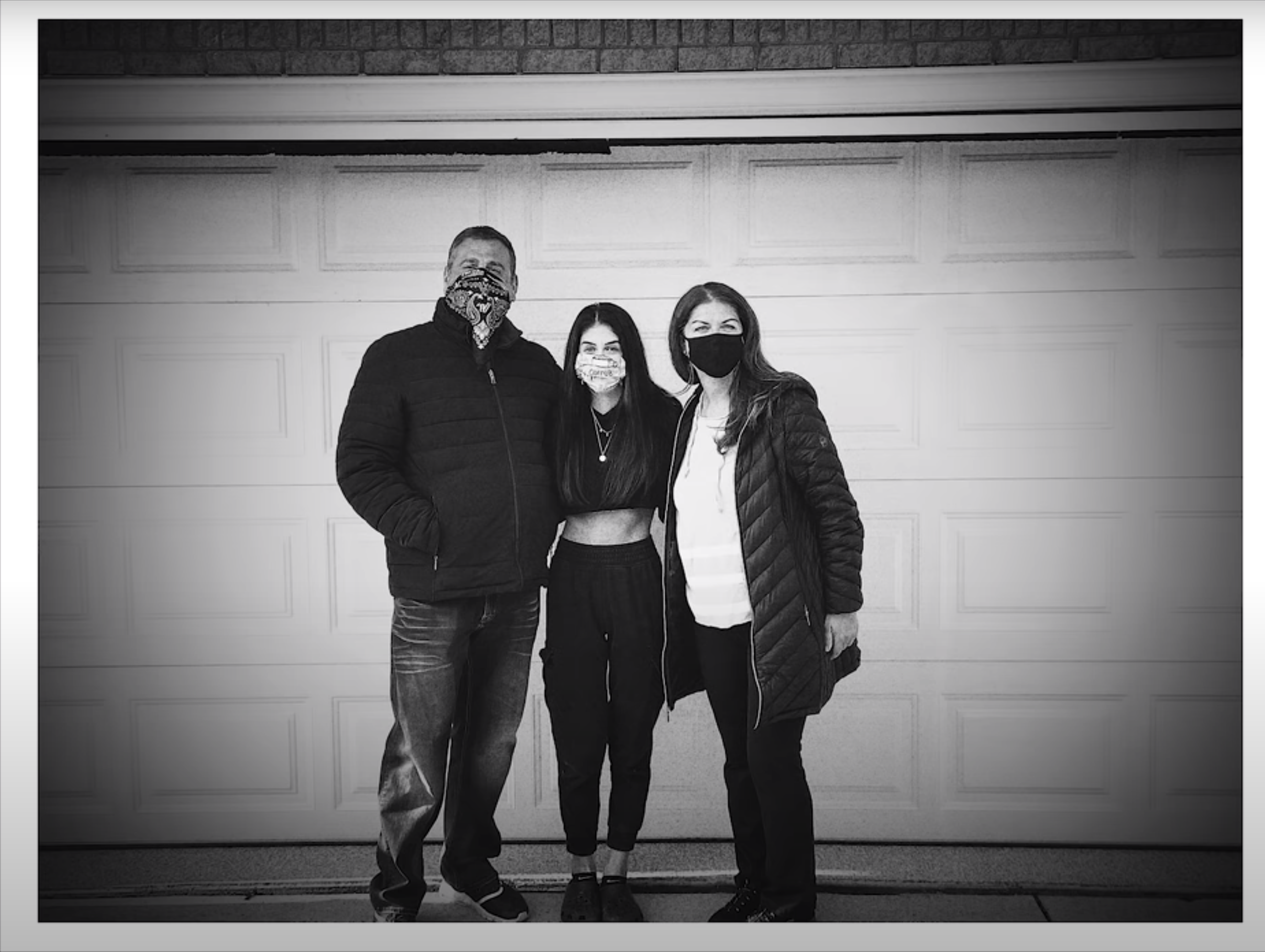By Cathi Douglas
Teaching photography in the midst of the COVID-19 health crisis posed significant challenges for Wendy McElfish – but it also offered unique opportunities.
Ultimately the black-and-white photography produced by McElfish’s students at Capistrano Valley High School documenting the historic pandemic attracted the attention of the George Lucas Educational Foundation, and has become a model for photography classes nationwide.
Edutopia, the foundation’s publication/website, notes that the assignment “captured the imaginations of students and teachers around the country.”
Her students’ work, featuring both solitude and togetherness in the coronavirus pandemic, has helped young people grappling with loneliness address their feelings, McElfish says.
“I think it helps them not so much deal with their emotions, but to have an outlet for those emotions,” she said. “They can’t put into words and writing what they’re feeling about the pandemic, but photography has brought a resolution: This is where they’re at.”
Having the high school’s students highlighted by the foundation reflects well on the school, its teachers, and students, Principal John Misustin says.
“Anytime we can reflect attention on our kids it’s important,” Misustin says. “We have amazingly talented, smart, well-spoken kids. Anytime we have the opportunity for the outside community to recognize them it’s a great honor.”
“I’m happy that the kids’ work and Wendy’s was recognized,” he added.
Studying Dorothea Lange’s photography from the Dust Bowl and Depression era inspired McElfish to see what her students would create.
“I started the kids off with a lesson on Lange’s work,” she recalls. “Then I said, ‘what if you could document what you’re seeing?’ combining their photography efforts with a lesson in art history.”
Uncertain about her students’ reactions, McElfish forged ahead. As the students responded to four different prompts, “I got two reactions,” she remembers. “Some just went ahead and without comment submitted amazing photos; the others said, ‘please, don’t make me do this, I’m already so depressed.’”
With those students, she asked them to look for the positive outcomes of the pandemic. “They said, ‘that sounds like fun’ and something they’d like to do,” she said.

Experiential lessons like this one are powerful ways to empower students, Misustin says.
“It’s always wonderful when kids make connections with what they’re taught,” he said. “How you can take something in a book and make it real, make it your own, gives them tools to apply to their lives; it gives them an opportunity to make something real, something they can experience, something that becomes their own.”
The students’ work in response to the pandemic has validated McElfish’s dedication to teaching digital photography.
“My students are saying, ‘I have a voice and want to be listened to,’” she said.
“It’s important to me and to a lot of people at the school for kids to have an outlet for their feelings,” Misustin said. “To feel what these students are feeling, and to try to understand them, is a powerful thing. It’s a good reminder that photography and art are great ways for kids, and everyone, to express themselves.”
To see Wendy McElfish’s class website, visit www.cvhsphotography.com.
For the Edutopia website recognizing her students, visit www.edutopia.org.

